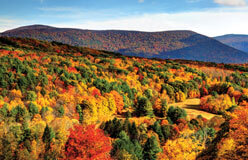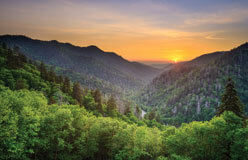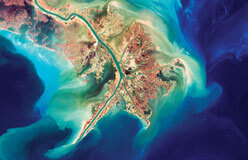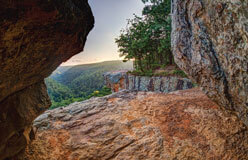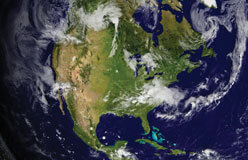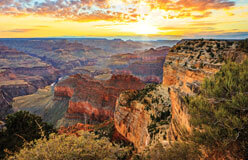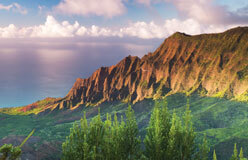Leaving the mountains and deep thick forests, you come to the Central Plains.
Trees grow across the rolling hills. Wildflowers are in bloom along the roadsides. Lakes and rivers dot the landscape, which might make you want to go for a swim. You're in luck! This is the Great Lakes region of the Central Plains. Here’s where you’ll find the country’s biggest lake. Beyond this region to the west lies the mighty Mississippi River, which grows bigger and wider as it travels south to the Gulf of Mexico. Follow the sounds of water as you explore the Central Plains.
